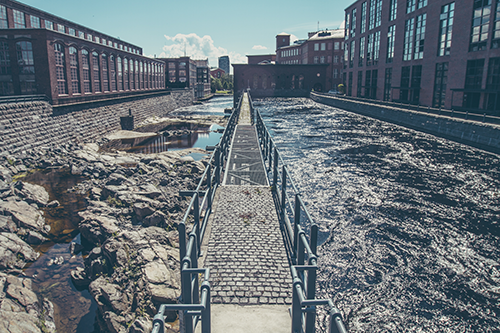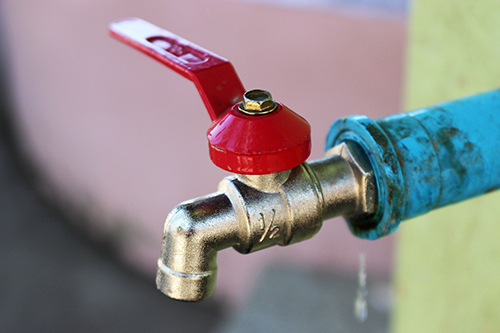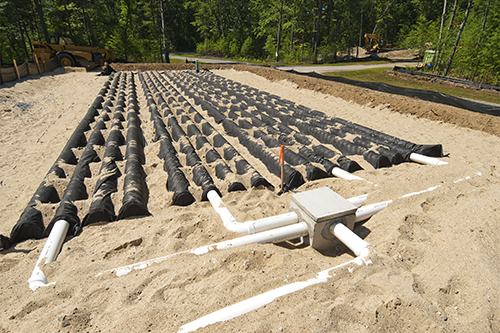This information is part of the EPAs Septic Smart campaign. Download your copy of the PDFs below:
Residential Services
The Do's and Don'ts of your septic system
Protect it and inspect it:
Do:
- Have your system inspected (in general) every three years by a licensed contractor and have the tank pumped, when necessary, generally every three to five years.
Think at the sink:
Don’t:
- Pour cooking grease or oil down the sink or toilet.
- Rinse coffee grounds into the sink.
- Pour household chemicals down the sink or flush them.
Do:
- Eliminate or limit the use of garbage disposal.
- Properly dispose of coffee grounds and food.
- Put grease in a container to harden before discarding in the trash.
Don't overload the commode:
Don’t:
- Flush non-degradable products or chemicals, such as feminine hygiene products, condoms, dental floss, diapers, cigarette butts, cat litter, paper towels, pharmaceuticals.
Do:
- Dispose of these items in the trash can!
Shield your field:
Don’t:
- Park or drive on your drainfield. The weight can damage the drain lines.
- Plant trees or shrubs too close to your drainfield, roots can grow into your system and clog it.
Do:
- Consult a septic service professional to advise you of the proper distance for planting trees and shrubs, depending on your septic tank location.
Don't strain your drain:
Don’t:
- Concentrate your water use by using your dishwasher, shower, washing machine, and toilet at the same time. All that extra water can really strain your septic system.
Do:
- Stagger the use of water-generating appliances. This can be helpful especially if your system has not been pumped in a long time.
- Become more water efficient by fixing plumbing leaks and consider installing bathroom and kitchen faucet aerators and water-efficient products.
Landscaping Best Practices:
Don’t:
- Plant a vegetable garden on or near the drainfield.
- Put plastic sheets, bark, gravel or other fill over the drainfield.
- Reshape or fill the ground surface over the drainfield and reserve area. However, just adding topsoil is generally OK if it isn’t more than a couple of inches.
- Make ponds on or near the septic system and the reserve area.
Do:
- Plant grass or keep existing native vegetation. These are the best covers for your drainfield.
- Direct all surface drainage away from the septic system.
- Use shallow-rooted plants. Tree and shrub roots can grow into the drainlines, clogging and breaking them.
- Avoid water-loving plants and trees.
- Make sure the tank lid is secure.
Water/Waste Water operators
- State of Ohio, EPA-Certified Water/Wastewater Plant treatment and system Operators I and II with a Class III Designation to server facilities throughout Northeast Ohio
- Testing/Analyzing
- Monitoring
- Regulating
- EPA approved/certified lab analysis.
Maintenance and repair services
- Sewer jetting
- Camera and line locator for cleaning and inspections
- Repair of water and wastewater systems
Yearly Inspections
- Septic systems
- Trash trap
- Aeration tank
- Dosing chambers
- Sand filters
- Disinfection device
- Overall system operation
Sludge hauling services are available through our sister company Absolute Septic Pumping LLC



